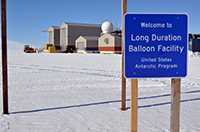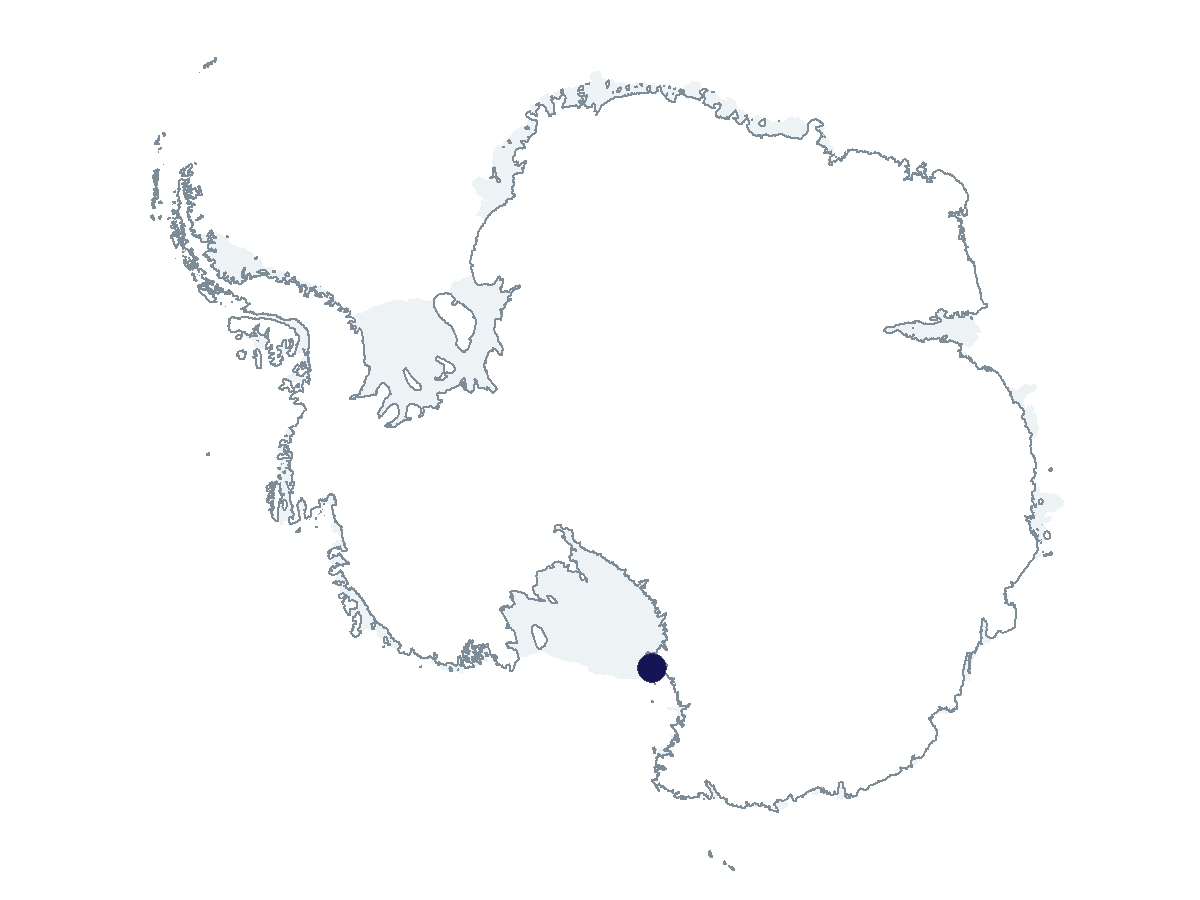2023-2024 USAP Field Season
Project Detail Project TitleAESOP-lite: Anti-Electron Sub-Orbital Payload – Low Energy Summary
Event Number:
Program Director:
ASC POC/Implementer: Principal Investigator(s)
Dr. John M Clem
Project Web Site: Location
Supporting Stations: McMurdo Station DescriptionThe primary science objective of this project is to make a definitive determination of the cosmic electron and positron energy spectrum from 20MeV to above 500MeV. Toward this objective, the goal of this effort is to explore the source of the negative spectral index of low energy cosmic ray electrons (20-100MeV) by attacking the problem on two fronts. First, electrons in the energy range of 20MeV to 300MeV will be measured with the AESOP-lite instrument on a high-altitude balloon floating at >140kft. This data will provide a clean, calibrated reference at 1AU to be compared with Voyager electron observations from interstellar space. Voyagers I and II are currently returning electron spectra roughly within this energy range (<160MeV). Second, measurements of the positron fraction in the electron flux within this low energy regime will be taken simultaneously using the same instrument. Positron abundances in this energy range should be highly diagnostic of the particle origin. The desired mission profile is a minimum exposure of 40hrs above 140kft from a high magnetic latitude region. This will provide a clean measurement of electron spectra from 20MeV to 100MeV. Field Season OverviewThe AESOP-Lite payload is expected to fly on a 60mcf balloon during the 2023-2024 NASA Antarctic Balloon campaign. During flight preparation at the Long Duration Balloon Facility in Palestine, TX, the payload was assembled, evaluated for functionality, and calibrated. This effort included integration of CSBF's flight equipment with the payload and a final compatibility test while hanging from the launch vehicle. Final re-assembly will be performed in one of the payload assembly buildings located at the Ross Ice Shelf launch site. Flight O-ring and feed-thru gasket integrity testing will take place in an empty shipping container outside of the payload assembly building. For testing, the instrument flight shell is pressurized with Nitrogen gas to 14.7 psi over ambient over a 48-72 hour time period. The target launch window for AESOP-Lite is between late November and early January. Data vault recovery is a science requirement, and a full payload recovery is desired. Four team members are scheduled to deploy in early November. Three team members will remain in McMurdo until late-January for recovery operations if needed.
Deploying Team Members
|
2023-2024 Science Planning Summary



For USAP Participants |
For The Public |
For Researchers and EducatorsContact UsNational Science FoundationOffice of Polar Programs Geosciences Directorate 2415 Eisenhower Avenue, Suite W7100 Alexandria, VA 22314 Sign up for the NSF Office of Polar Programs newsletter and events. Feedback Form |



